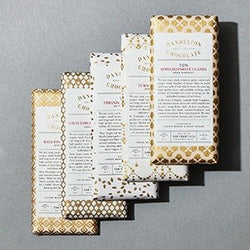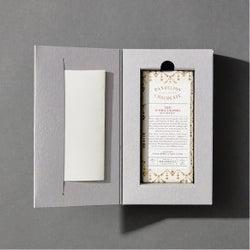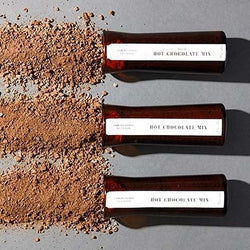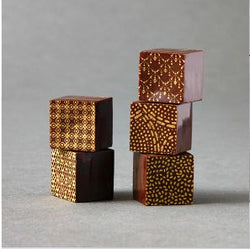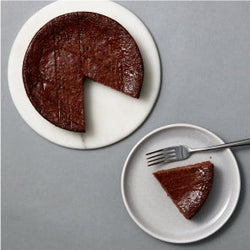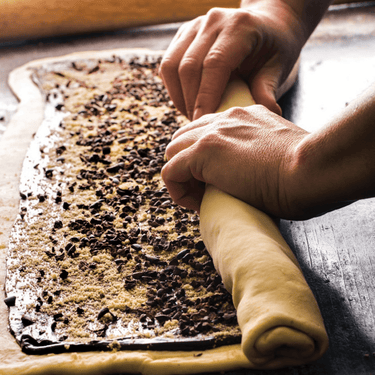We first met Jeff Steinberg in 2017 when he visited our factory on Valencia Street looking to understand more about specialty cocoa. Jeff founded Latitude Trade Company (LTC) in 2016, as a social enterprise and certified B corporation that works with Ugandan smallholder producers to bring local products to market.
Flash forward seven years, and now LTC works with over 4,500 smallholder farmers in Uganda providing training, microfinancing, and insurance, and pays a premium price for the farmers’ cocoa. These beans are used by a number of makers throughout the world, including some of our favorites, such as Soma Chocolate Makers in Toronto; Fjak out of Eidfjord, Norway; and Monsoon from Tucson. LTC also provides training to farming households on everything from organic agronomy to financial literacy. Additionally, LTC set up their own bean-to-bar chocolate factory and café, which not only provides additional income, but allows immediate feedback on the flavor and quality of their beans. If you’re in Kampala you should swing by!
Near the town of Bundibugyo in western Uganda, Semuliki Forest cocoa is grown by roughly 1,000 organically certified regional farmers, of whom 52 percent are women. LTC’s centralized fermentation facility is located in the village of Bumate, about 4.5 kilometers southeast of Bundibugyo, at the base of the hills leading up into the mountains. Fermentation varies from five to six days, and beans are sun-dried on portable raised decks for six to seven days, and then blended to create consistent lots of delicious beans before export.


